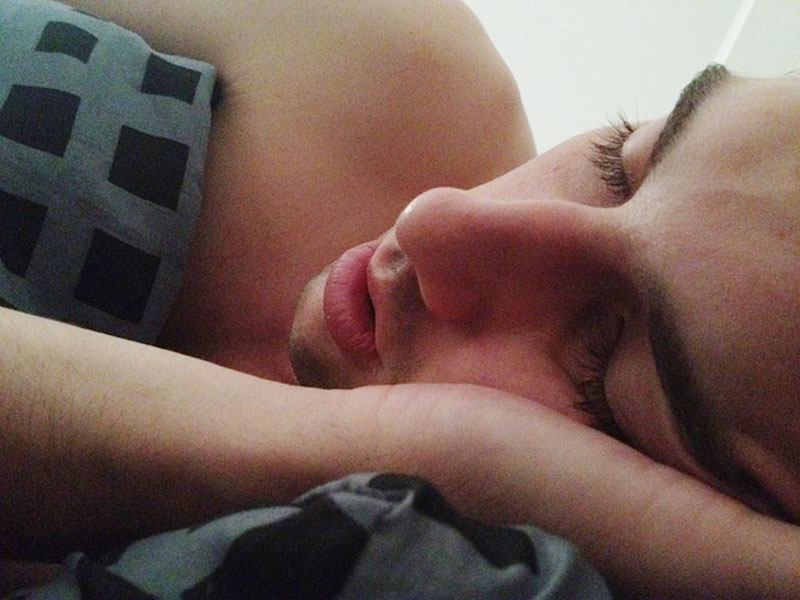Multiple sleep latency testing is generally conducted on individuals who have complained of excessive daytime sleepiness. The one preliminary to taking the MSLT test would be to have an overnight polysomnogram, or PSG, taken to measure the patient’s sleep activities. The PSG is used to rule out problems like restless leg syndrome, parasomnias, sleep apnea, and other common sleep disorders.
How Multiple Sleep Latency Testing is Conducted
Westlake, CA dental sleep medical consultants, including the DSM Solutions team, will be able to advise clients on the results of an MSLT test after they have undergone five scheduled naps which are each 20 minutes in duration, and which are conducted approximately two hours apart. This test will determine how easily the subject falls asleep in an environment conducive to sleep.
A certified polysomnographic specialist will be in an adjacent room, monitoring data recorded during sleep sessions, and will awaken the subject after 20 minutes for each sleep period. Since most people do not experience REM sleep until after about 80 minutes, it will be easy to distinguish when people experience REM sleep much faster, say in about 15 minutes.
Indications of the MSLT test
If any abnormalities are turned up during the MSLT test, a sleep specialist or the patient’s primary care provider will be able to recommend a course of treatment for any specific disorder which appears. Dr. Steven Greenman of the DSM Solutions team will be able to suggest the best treatment for a client, based on what the findings of the MSLT showed. Most commonly the MSLT is used to diagnose idiopathic hypersomnia and narcolepsy. It can also be beneficial in determining if a patient has two separate sleep disorders with similar symptoms.
To learn more about the MSLT testing for your patients, contact us at DSM solutions.

